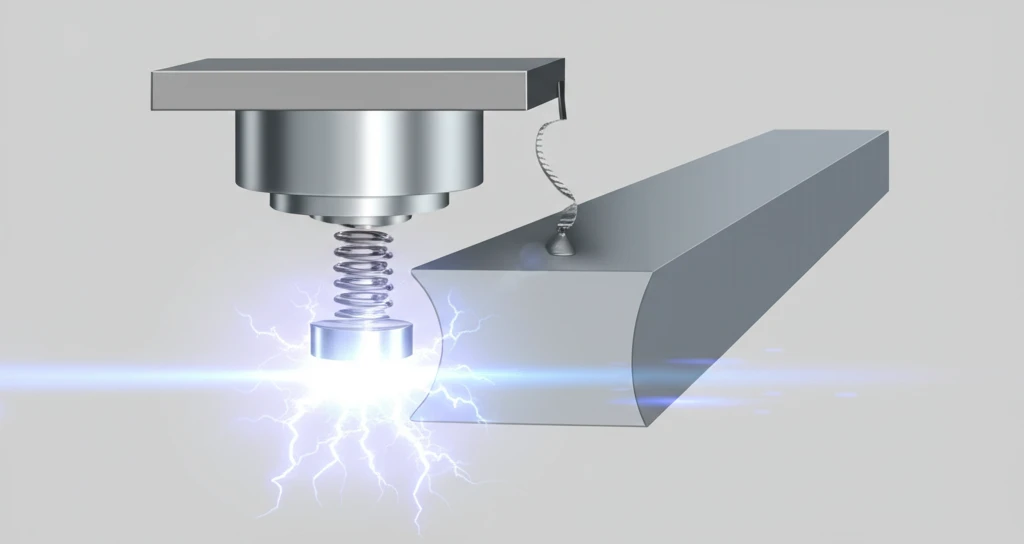
Harmonic Hurdles: Can This Springy Damper Quell Cantilever Beam Vibrations?
"Explore how a novel spring-supported fine particle impact damper dramatically reduces vibrations in cantilever beams, offering a leap forward in structural damping technology."
In the realm of engineering, controlling vibrations is paramount for ensuring the stability and longevity of structures. From bridges to aircraft wings, unwanted oscillations can lead to fatigue, noise, and even catastrophic failure. Passive damping techniques, which dissipate energy without requiring external power, offer an attractive solution.
Among these techniques, impact dampers have emerged as a cost-effective and adaptable method for mitigating vibrations. By utilizing the collision between a free mass and the primary structure, impact dampers convert kinetic energy into heat, thereby reducing the amplitude of oscillations. Traditional single-mass impact dampers (SMIDs), however, can suffer from drawbacks such as high noise levels and potential for localized damage.
This article delves into a promising innovation: the spring-supported fine particle impact damper (SSFPID). This advanced damper integrates the benefits of both elastic deformation and plastic deformation to achieve superior vibration control in cantilever beams, a structural element widely used in engineering applications. Let’s explore how this technology works, its advantages, and its potential impact.
How Does the Spring-Supported Damper Tame Vibrations?

The SSFPID represents a significant advancement over traditional impact dampers. It consists of a cylindrical cavity containing an impactor and a collection of fine particles, all supported by springs at both ends. This unique configuration allows for a two-stage damping process:
- Momentum Exchange: The springs amplify the momentum exchange between the damper and the cantilever beam, leading to more effective energy dissipation.
- Reduced Impact Force: The elastic deformation of the springs cushions the impact, mitigating the risk of localized damage to the structure.
- Enhanced Particle Interaction: The springs facilitate more frequent and intense collisions between the impactor and the fine particles.
Looking Ahead: The Future of Vibration Control
The spring-supported fine particle impact damper offers a compelling solution for mitigating vibrations in cantilever beams and potentially other structural elements. Its ability to achieve significant damping with reduced noise and impact force makes it a promising technology for a wide range of applications. Ongoing research and development efforts are likely to further optimize the design and performance of SSFPIDs, paving the way for quieter, more durable, and more resilient structures in the future.
